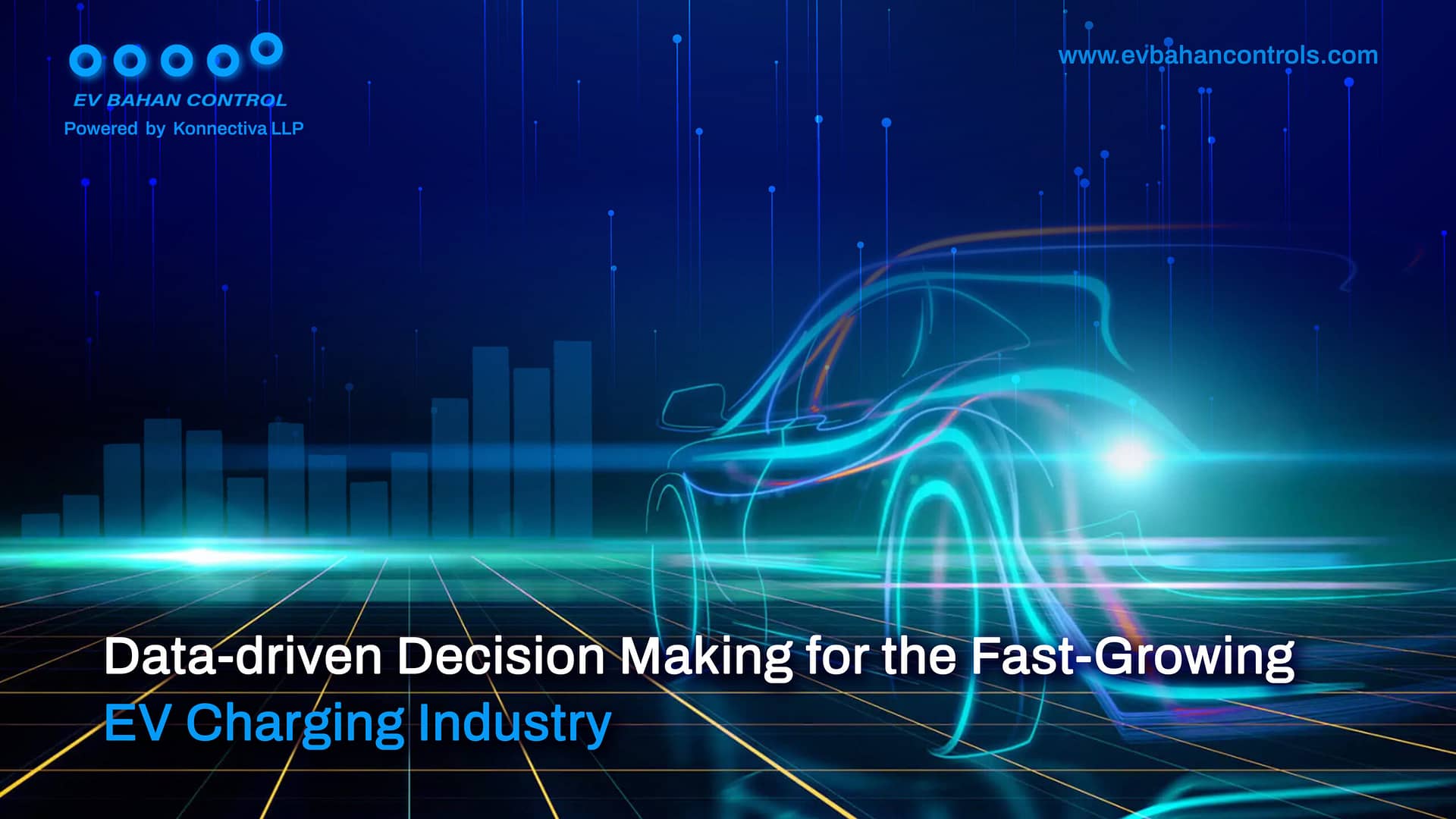
Project Description
Description:
Data-driven Decision Making for the Fast-Growing EV Charging Industry
Prepared By www.evBbahancontrols.com
…………………………………………………………………………………………………………………………………………………………………………………………………..
Planning the EV Charging Infrastructure of Tomorrow
Today, public EV charging points number in the hundreds of thousands across the EU, and tens of thousands in the US — far short of what’s needed to support government initiatives around CO2 reduction and EV adoption. The gap is significant. Up to 6.8 million public EV charge points are needed in the EU by 2035, and 1.2 million in the U.S. by 2030.
Companies and government agencies are making decisions today about where these public charge points will be located in the near term and over the next seven to twelve years. These decision-makers include charge point operators (CPOs), eMobility Service Providers (EMSP), gas & oil companies, utilities, and local and national governments. Companies would need insights-driven EV charging analytics to decide on charging facilities’ locations that will deliver the highest utilisation and return on investment. Agencies want to ensure broad coverage to serve all EV driver populations, including residents of underserved neighborhoods.
EV charging data and predictive analytics are critical to making these projections. Projecting where to place new charging infrastructure requires a deep understanding of today’s population and physical environs as well as the ability to predict future EV charging-related trends. The kinds of data useful in planning EV charging infrastructure
1. Existing EV charging infrastructure locations and types (Level 1, 2 or 3)
2. Population density and movement
3. Demographics such as income, employment, education, type of housing
4. Mobility data, such as commute frequency and distance, driving patterns, and travel frequency
5. Penetration of EV adoption, and whether EVs are luxury or economy
6. Affect of weather, time of year, and other factors on mobility
7. Transportation corridors
8. Time-of-day and usage patterns at destination locations
9. Surrounding points of interest that may attract travellers
Most of this data is available, from free resources such as government agencies and industry consortiums, from commercial third-party data providers, and from an organization’s own internal data resources. The challenge is that the data is dispersed across these multiple sources, may be difficult to obtain, and is of unknown quality. Plus, the data comes in various formats, making it difficult to combine and use for analysis. On the plus side, a growing number of third-party data providers specialize in meeting the needs of the EV charging industry and offer both data and analytic tools.
Planning to Meet the Energy Requirements of EV Charging
Critical considerations in planning for new EV infrastructure include calculating the energy that will be required for charging and determining whether the grid will be able to supply it. Some of the data listed above will apply to the calculation of energy requirements for EV charging infrastructure. From that analysis, you should also be able to determine:
1. The average utilization rate of each charging port (number of sessions x duration) based on local and traveller usage
2. Time of day patterns for utilization, based on venue type, commutes, shopping/parking patterns, intended location and relation to highway networks
3. Type of charger (Level 1, 2 or 3)
4. Peak energy requirement for each charging port
5. Energy requirements for “look-alike” charger installations — chargers that already exist and have similar site demographics as a planned installation.
Planning energy requirements for EV fleet depots is also critical, but a bit more straightforward. For depot planning, you can start with the EV fleet itself, and factor in:
1. Number of vehicles and the range for each
2. Actual average driving range of each vehicle, and whether or not it will need to be “topped off” during the day/night when in use
3. Times of day each vehicle is on the road, and the time of day the vehicle will be at the depot when it’s available to be charged
4. The type of chargers you plan to install (Level 1, 2 or 3)
With this EV charging data and analytics on your fleet, you will be able to calculate the peak loads, peak times, and total energy required to keep fleet vehicles on the road.
Meeting Energy Requirements with Smart Energy Management
Whether planning energy requirements for public or fleet depot EV charging infrastructure, you should also factor in the ways you can use local green power generation, such as solar panels on site, and onsite battery storage to supplement the energy your site draws from the grid. Smart energy management makes it possible to blend these energy sources with grid energy to optimize the use of both. Smart energy management can also perform peak shaving, balanced response and demand, and ensure that you don’t exceed maximum capacity.
For Platform Owner & CPO & End-user DATA DRIVEN ANALYTIC PLAYED A VITAL ROLE. WE CAN PROVIDE THE FOLLOWING ANALYTICS BASED ON THE HISTORICAL DATA.
– Vehicle charging cost prediction based on usage
– Energy prediction based on per month/year usage
– Tariff growth forecast based on usage
– Station capacity usage forecast based on consumption
– Station ROI prediction for the next 5 years
– Product ROI prediction for the next 5 years
– Product performance predictor
– Business ROI forecast
– Load forecasting charger level
– Usage patterns of a charger based on the time of day
– Location-wise heatmap of charger usage
– Common Route finding
– Charger uptime downtime patterns
– A single source for all POI data, provided in a tailored and uniform way regardless of how CPOs share the data.


